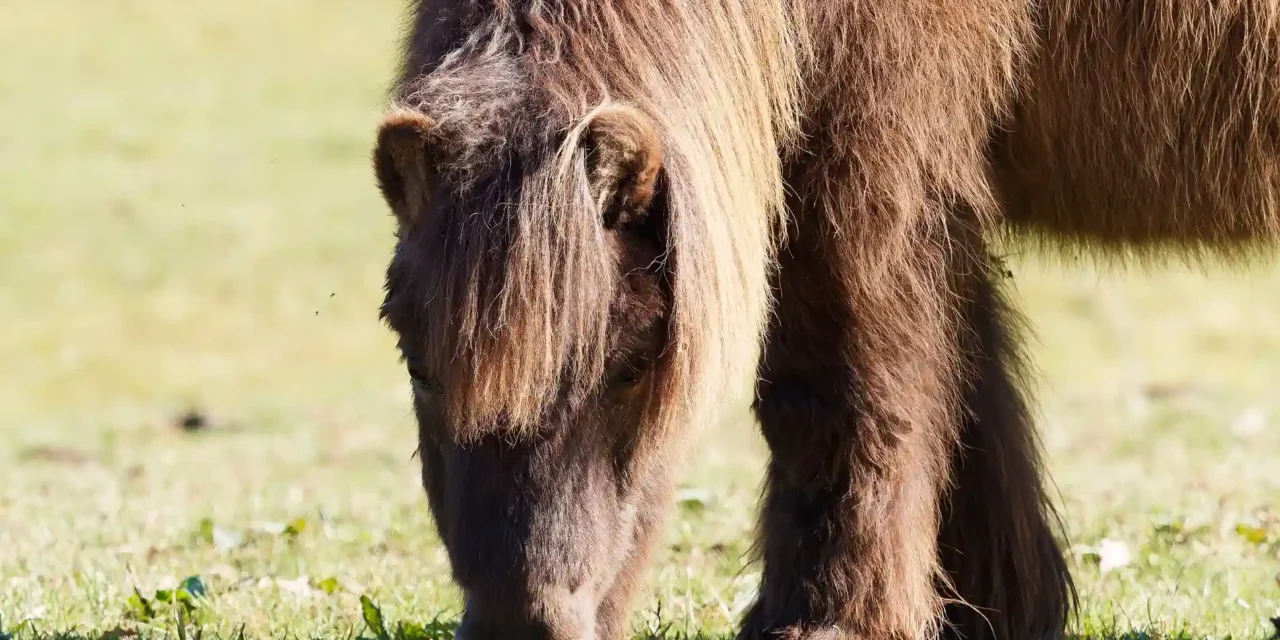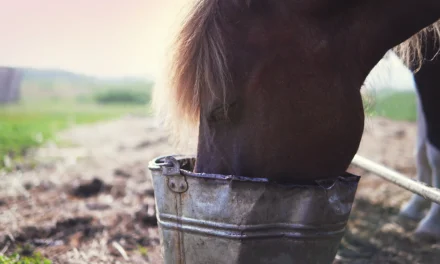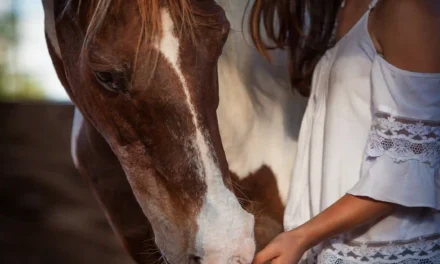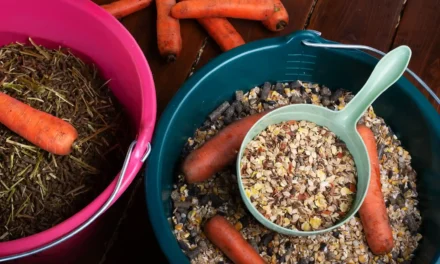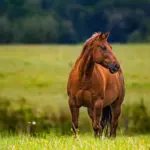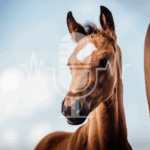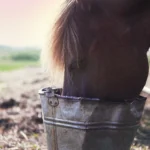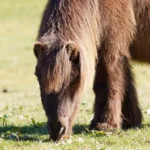Key points at a glance:
- Older horses often struggle with temperature regulation
- Both heat and cold can become a burden
- The cardiovascular system becomes less adaptable with age
- Good management must take weather changes into account
- The right choice of blankets can provide valuable support
With increasing age, it becomes more difficult for horses to adapt to changing temperatures. What a young horse can handle without problems may become a real challenge for seniors. A well-thought-out temperature management is therefore especially important.
When the Thermostat Fails
Temperature regulation often no longer functions optimally in older horses. This is partly due to a weakening cardiovascular system and partly to changes in metabolism. The transitional seasons with their strong fluctuations in temperature are particularly challenging. While it can feel like summer during the day, the nights are still uncomfortably cold.
Staying within the “comfort zone” is therefore a real challenge for our seniors. Often, the body tries to compensate for the cold nights in the transitional seasons by growing the winter coat earlier in autumn and shedding it later in spring. While this helps against cold nights, it causes heat stress on hot, sunny days.
The Heat Challenge
Especially on humid summer days, many seniors struggle with the heat. Sweating and an increased respiratory rate show that the body is having difficulty regulating its temperature.
A small wooded area, large trees, or a shady shelter are worth their weight in gold during this time. Ideally, the source of shade is located in an airy spot, so that a cooling breeze can provide relief. In addition, gentle water showers can bring comfort. It is important not to cool the horse down too much – lightly wetting the coat is usually enough to provide cooling through evaporation.
The Winter Challenge
In winter, many senior owners face the question: blanket or no blanket? The answer depends on several factors. A dense, healthy winter coat actually offers the best protection. However, many older horses no longer have an optimal coat or suffer from a disturbed shedding process. Some grow only undercoat without the water-repellent guard hair, while others produce only long, shaggy guard hairs but no proper insulating undercoat.
Damp, cold weather is particularly critical. While most horses tolerate dry cold quite well, moisture in older horses often quickly leads to the loss of the insulating effect of the coat. A good rain sheet can be very useful here – it keeps the horse dry while still allowing it to regulate its body temperature naturally.
It always has to be decided individually whether a rain sheet is sufficient or a thermal blanket is necessary, for example with Thoroughbreds, which often do not grow a proper winter coat at all. For older horses, “too cold” is just as problematic as “too warm” or “too wet.” It is therefore better to check the temperature and moisture under the blanket once too often than to expose the senior to an unpleasant blanket climate.
Mastering the Transition Period
The transitional periods in spring and autumn are particularly tricky. While the days may already or still be warm, the nights are often cool. Flexible blanket management is required during this time. The senior may need a light blanket at night, which is taken off again in the morning.
It also rains more frequently in most regions during this time, meaning that wet blankets often have to be swapped for dry ones. This not only represents a significant investment in good horse blankets but also a logistical challenge.
The shedding process during the transitional periods adds additional strain on the organism. It costs energy and makes temperature regulation even more difficult. Supportive measures such as regular grooming or clipping for a “sport cut” can be helpful here.
The Right Equipment
Choosing the right blankets requires careful thought. The following applies:
- Better to have several blankets ranging from thin to thick than one very heavy blanket
- Pay attention to good breathability
- Regularly check for moisture and dirt
- Change and wash the blanket at least once a week
- Ensure optimal fit and freedom of movement
- Combine with special liners if necessary
Exercise as a Temperature Regulator
Regular, age-appropriate exercise supports temperature regulation. It stimulates circulation and helps the body adapt to changes in temperature. Of course, the intensity should be adjusted to the weather and the horse’s health.
Recognizing Warning Signs
Each horse shows in its own way when it is having problems with temperature regulation. Typical signs can be:
- Increased or reduced sweating
- Elevated breathing rate
- Lethargy
- Shivering or muscle tremors
- Spending more time lying down or standing in unusual positions
- Changes in eating behaviour
The Right “Spot”
Thoughtful temperature management already begins with choosing the right housing. Ideally, a stable should:
- Offer both sun and shade
- Be sheltered from wind but not stuffy
- Provide dry lying areas
- Allow additional bedding if necessary
- Enable flexible adjustments
The Individual Solution
What is perfect for one horse may be completely unsuitable for another. Factors such as:
- Pre-existing conditions
- Coat quality
- Body condition
- Exercise opportunities
- Type of housing
play an important role in temperature management. In addition, conditions can change from one year to the next. A senior that managed last winter well in the cozy group paddock may struggle this year because, for example, a cheeky youngster has joined the group and keeps driving the senior out of the shelter into rain and cold. Careful observation and flexible adaptation are necessary to always find the best solution.
Planning Ahead
Good temperature management requires foresight. The weather forecast should be checked regularly to be prepared for sudden changes, especially if the horse is blanketed. Seasonal changes should also be considered in advance, for example by booking a blanket service at the stable. This allows management to be adjusted step by step and avoids unnecessary stress for the seniors.
Finding the Balance
The art of temperature management lies in finding the right balance. Not every temperature change requires immediate intervention. Often, small adjustments are enough to make life more comfortable for seniors. The most important tool here is careful observation of each horse and its individual reactions to different weather conditions.
You can find more information on caring for older horses on our dedicated topic page: Older Horses

